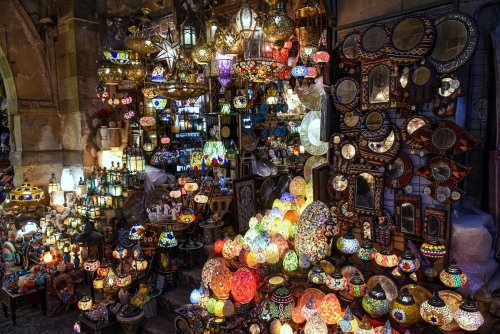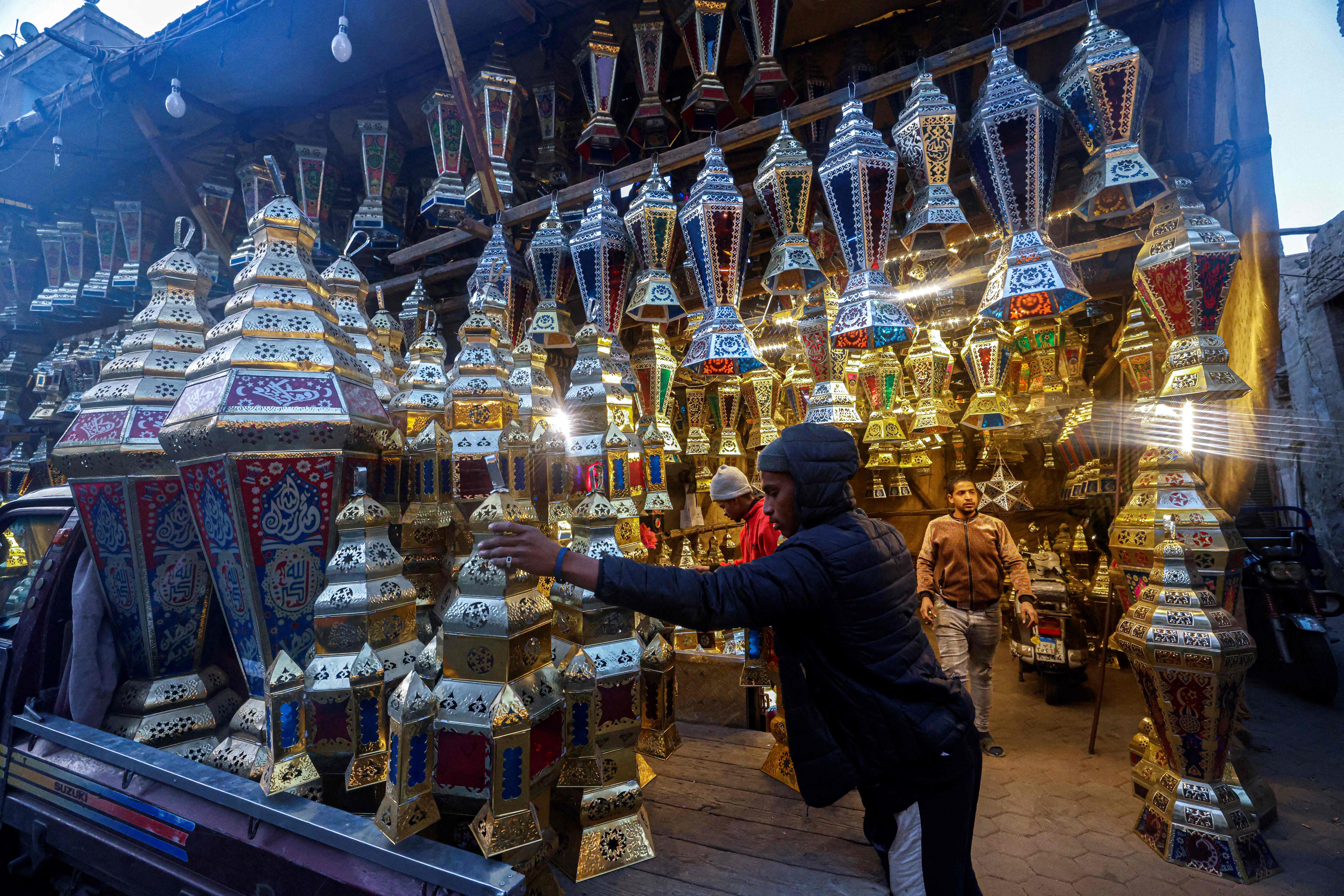Ramadan lanterns: Timeless Egyptian tradition illuminating the Holy Month
TDT | Agencies
Email: mail@newsofbahrain.com
The vibrant glow of Ramadan lanterns, or fawanees, has been an integral part of Egypt’s cultural heritage for over a millennium. These colorful, intricately designed lanterns are more than just decorative items; they are a symbol of joy, community, and tradition that transcends generations. During the holy month of Ramadan, Egyptian households, both at home and abroad, are adorned with these luminous pieces of folklore, evoking a sense of nostalgia and unity among millions.
Origins
The origins of the Ramadan lantern tradition are deeply rooted in Egypt’s Fatimid era, dating back to the 10th century. One popular legend traces the tradition to the arrival of Caliph Al-Muizz in Cairo during Ramadan, when Egyptians reportedly greeted him with illuminated lanterns to celebrate his presence. Another tale recounts how children accompanied a Fatimid Caliph during his journey to sight the crescent moon, marking the beginning of Ramadan, while holding lanterns and singing traditional songs. These stories, whether historical or mythical, have cemented the lantern’s place as a cherished emblem of the holy month.
For Egyptians, Ramadan is incomplete without the presence of a fannous. In older neighborhoods, young people often pool resources to craft large, elaborate lanterns, adorning them with colorful ribbons and lights. These creations are proudly displayed in the center of their hara (alleyway), showcasing both their craftsmanship and dedication to preserving tradition. The friendly competition to create the most beautiful lantern adds a sense of communal celebration to the festivities.
Unique testament
The artistry of traditional fawanees often includes intricate Arabic calligraphy, featuring verses from the Quran, the names of God, or simple Ramadan greetings such as Ramadan Kareem or Ramadan Mubarak. This blend of religious reverence and artistic expression makes each lantern a unique testament to Egypt’s rich cultural and spiritual heritage.
However, the tradition has faced challenges in recent years. The influx of cheap, imported lanterns, particularly from China, threatened to overshadow the craftsmanship of local artisans. In 2015, the Egyptian government took a decisive step to protect this cultural legacy by banning the import of foreign-made lanterns. This move was widely celebrated as a victory for traditional fannous makers, who had struggled to compete with mass-produced alternatives. The decision also encouraged Egyptians to reconnect with their heritage by supporting locally crafted lanterns.
Tokens of love and goodwill
Beyond their decorative appeal, fawanees hold a deeper significance in Egyptian culture. They are often exchanged as tokens of love and goodwill, with grooms traditionally presenting lanterns to their brides as a symbol of light and hope. This enduring custom reflects the lantern’s role as a beacon of warmth and unity during Ramadan.
Today, the Ramadan lantern remains a beloved tradition, not only in Egypt but also among the Egyptian diaspora. Wherever Egyptians gather during the holy month, the glow of a fannous serves as a reminder of home, heritage, and the enduring spirit of Ramadan. As the centuries-old tradition continues to evolve, it remains a shining testament to Egypt’s ability to preserve its cultural identity while embracing the future.
Related Posts


